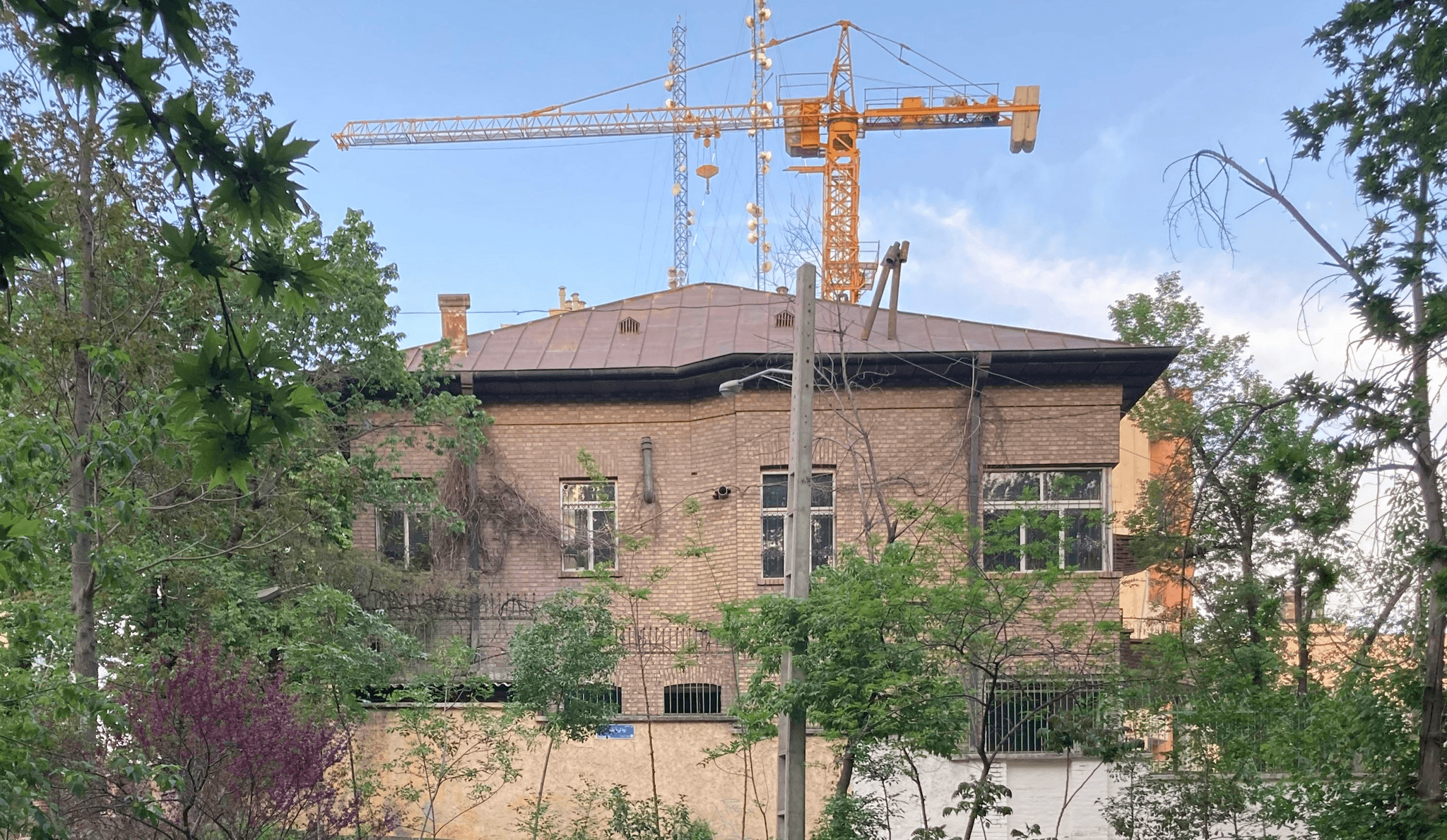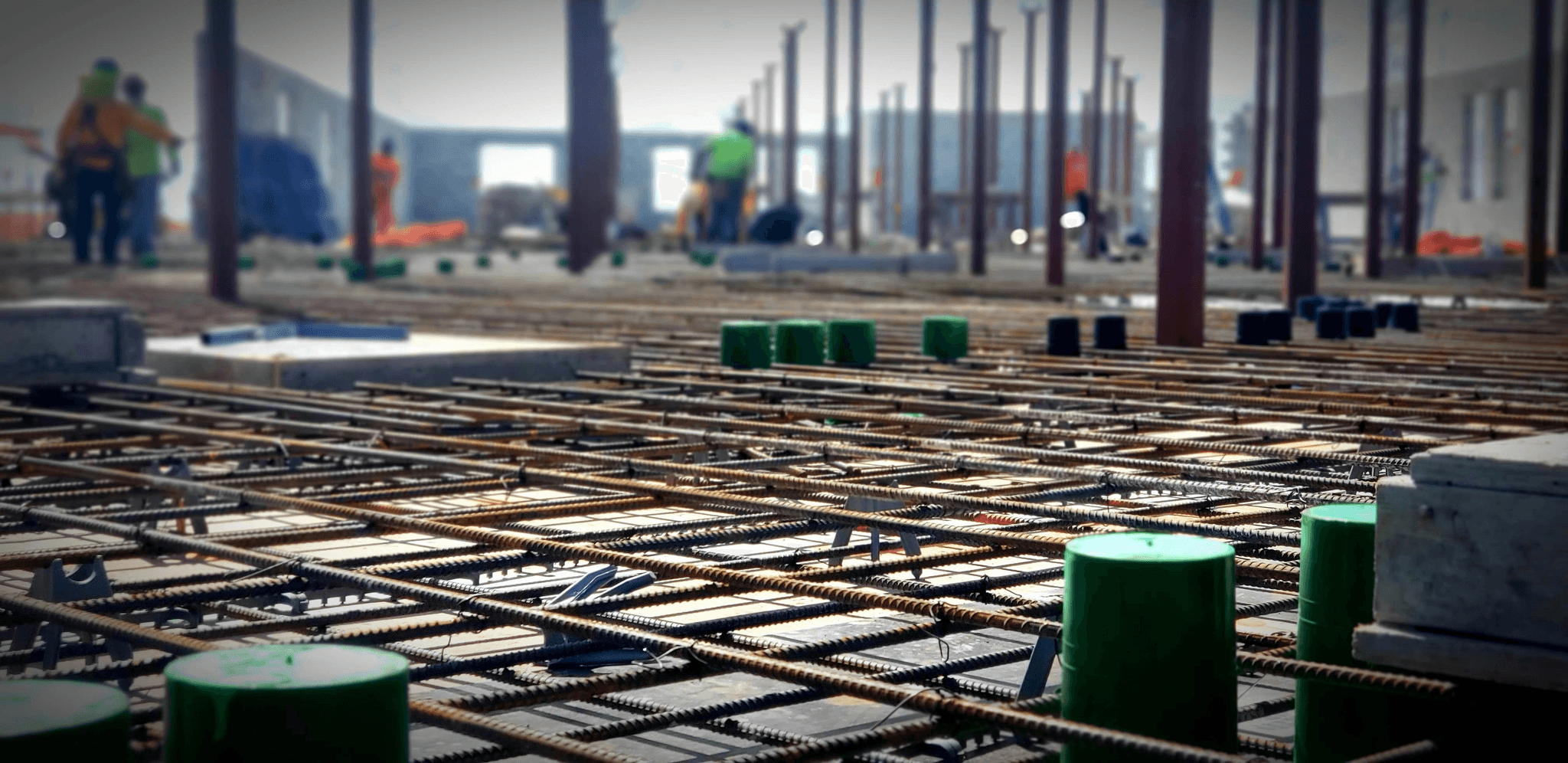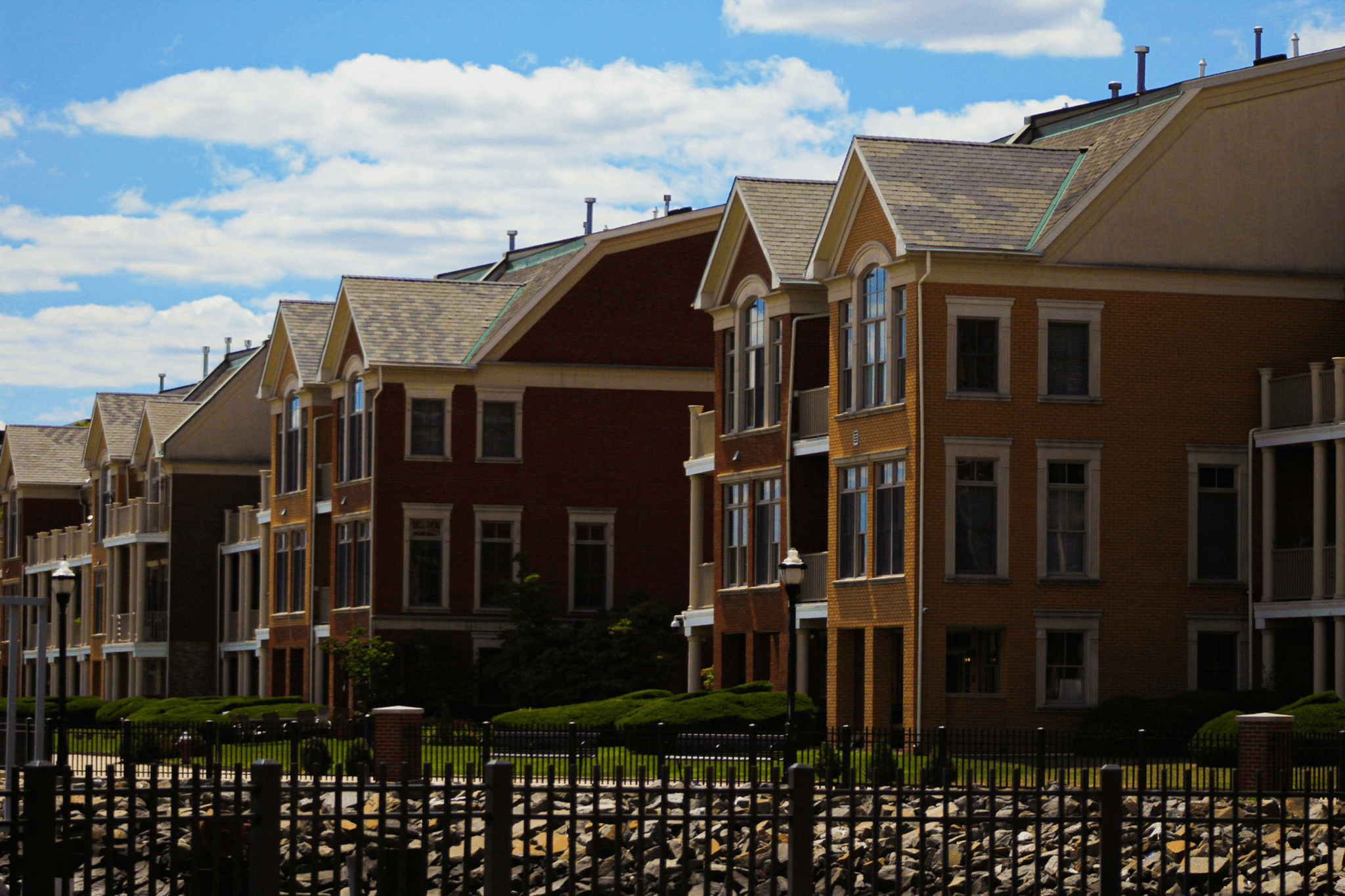Introduction
In an era where affordable housing has become a pressing concern for many, innovative solutions are being sought to bridge the gap between need and availability. Low cost precast houses are emerging as a viable alternative that not only addresses affordability but also enhances construction efficiency. With the rise of precast construction, we are witnessing a transformation in how homes can be built—quickly, sustainably, and economically.
Rediscovering Affordable Housing Solutions
The quest for affordable housing solutions has never been more urgent; millions of people struggle to find safe and suitable places to live. Traditional building methods often come with high costs and lengthy timelines that leave many families in limbo. Enter low cost precast houses—an exciting option that promises both affordability and rapid deployment, allowing communities to thrive without breaking the bank.
The Rise of Precast Construction
Precast construction is gaining traction as a modern approach to building homes that combines efficiency with sustainability. This method involves creating components off-site in controlled environments before transporting them for assembly on-site, significantly reducing labor costs and construction time. As companies like PreFab Inc. lead the charge in this innovative field, low cost precast houses are becoming synonymous with smart living solutions.
Benefits of Low Cost Precast Houses
Low cost precast houses offer numerous benefits that make them an attractive choice for both builders and homeowners alike. From reduced material waste to lower energy consumption during production, these homes align perfectly with today's sustainability goals while remaining budget-friendly. Moreover, their quick assembly means families can move into their new residences sooner than ever—a win-win situation all around!
Understanding Precast Housing

The world of housing is evolving, and low cost precast houses are at the forefront of this transformation. These innovative structures offer an efficient alternative to traditional building methods, combining affordability with durability. Let's dive into what makes these homes unique and how they stack up against conventional housing options.
What Are Low Cost Precast Houses?
Low cost precast houses are constructed using concrete components that are manufactured off-site and then transported to the construction location for assembly. This method allows for significant savings in both time and labor costs, making homeownership more accessible to a broader audience. With companies like PreFab Inc., the vision of affordable living becomes a reality through streamlined processes and innovative designs.
Precast homes can be tailored to various styles while maintaining their cost-effectiveness, proving that affordability doesn't have to mean sacrificing aesthetics or quality. These houses often feature energy-efficient designs that contribute to lower utility bills over time, enhancing their appeal as a long-term investment. As demand for affordable housing continues to rise, low cost precast houses stand out as a viable solution.
Key Features of Precast Homes
One of the most notable features of low cost precast houses is their rapid construction timeline; many can be completed in weeks rather than months. This swift assembly not only reduces labor costs but also minimizes disruption in communities where new homes are being developed. Additionally, precast materials provide excellent insulation properties, which help maintain comfortable indoor temperatures year-round.
Another key aspect is the durability of precast concrete; these homes are resistant to weather elements and pests, ensuring longevity without frequent repairs or maintenance expenses. Furthermore, low cost precast houses can be designed with customizable layouts that cater to individual needs while remaining budget-friendly—offering flexibility rarely found in traditional housing options. With PreFab Inc.'s expertise in this field, homeowners can enjoy personalized spaces without breaking the bank.
Comparing Precast to Traditional Housing
When comparing low cost precast houses with traditional homes, it's essential to consider both construction methods and overall costs involved over time. Traditional building often entails longer timelines due to on-site construction processes that may face delays from weather or labor shortages—issues less prevalent in precast construction where everything is pre-manufactured for efficiency.
Moreover, while traditional homes may require ongoing maintenance due to wear and tear from natural elements or pests, low cost precast houses boast superior resilience thanks to high-quality materials used during production by companies like PreFab Inc.. Homeowners looking for long-term savings will find that these modern structures not only save money upfront but also reduce future expenses associated with upkeep.
Ultimately, choosing between these two options comes down to personal preference regarding style versus practicality; however, it's clear that low cost precast houses offer an attractive alternative worth considering in today's challenging housing market.
Economic Advantages of Precast Construction

When it comes to building homes, cost and time efficiency are paramount. Low cost precast houses have emerged as a game-changer in the construction industry, allowing for reduced build costs and shorter timelines. With PreFab Inc. leading the charge, these innovative structures are designed to meet the needs of modern living without breaking the bank.
Lower Build Costs and Timeframes
One of the standout features of low cost precast houses is their ability to significantly lower build costs compared to traditional construction methods. The use of precast materials means that many components can be manufactured off-site, which not only speeds up the building process but also minimizes labor costs on-site. With faster assembly times, homeowners can move into their new residences sooner, making low cost precast houses an attractive option for those looking for quick solutions.
In addition to financial savings, this accelerated timeline allows builders to take on more projects in a given period, increasing overall productivity. This is especially beneficial in areas facing housing shortages where demand is high but supply lags behind. By embracing low cost precast houses, developers can contribute positively to alleviating housing crises while enjoying economic advantages themselves.
Sustainability Benefits of Precast Materials
Sustainability is an increasingly important consideration in today’s construction landscape, and low cost precast houses excel in this area as well. The materials used in precast construction are often more environmentally friendly than traditional options; they generate less waste during production and offer superior insulation properties that reduce energy consumption over time. This means that homeowners not only save money on utility bills but also contribute less to their carbon footprint.
Moreover, many precast manufacturers are adopting greener practices by sourcing materials locally and implementing energy-efficient processes—something PreFab Inc. takes pride in doing. As society moves toward more sustainable living solutions, investing in low cost precast houses provides an eco-conscious choice for future homeowners seeking affordability without sacrificing environmental responsibility.
Government Incentives for Precast Housing
To further promote affordable housing solutions like low cost precast houses, various government incentives have been introduced across different regions. These incentives may include tax breaks or grants aimed at encouraging developers to adopt innovative building techniques such as those offered by PreFab Inc., thus helping them offset initial investment costs. Such support not only makes it easier for builders but also encourages them to consider more sustainable options that align with community goals.
Additionally, local governments may prioritize funding or resources towards projects utilizing low-cost precast technologies due to their rapid deployment capabilities and potential impact on alleviating housing shortages—making these homes even more appealing from an economic standpoint. As awareness grows around both the benefits of these structures and available incentives, it's clear that low cost precast houses represent a viable path forward for affordable living solutions.
Innovative Designs and Customization

The world of low cost precast houses is not just about affordability; it’s also about creativity and adaptability. With the ability to customize designs, homeowners can truly make their space feel like home without breaking the bank. PreFab Inc. is at the forefront of this movement, ensuring that each low cost precast house meets the unique needs of its occupants.
Tailoring Low Cost Precast Houses to Fit Needs
One of the most exciting aspects of low cost precast houses is their inherent flexibility in design. Homeowners can tailor layouts, finishes, and even energy-efficient features to suit their specific lifestyle requirements. At PreFab Inc., we believe that every family deserves a home that reflects their individuality while still being budget-friendly.
Customization options can range from open floor plans for families who love entertaining to compact designs for urban dwellers seeking efficiency. This adaptability means that low cost precast houses aren’t just cookie-cutter solutions; they can be personalized sanctuaries that enhance quality of life. Ultimately, tailoring these homes leads to greater satisfaction and a sense of belonging in one’s living space.
Showcasing Successful Precast Housing Projects
Across the country, numerous successful projects highlight the potential of low cost precast houses in transforming communities. From vibrant neighborhoods built with sustainability in mind to affordable housing developments providing safe shelter for families, these projects are making waves. PreFab Inc.'s portfolio includes several standout examples where innovative design meets practical living.
Take a look at our recent project in Springfield: an entire community built using low cost precast houses featuring modern aesthetics and energy-efficient systems. Residents enjoy spacious interiors with plenty of natural light while benefiting from lower utility bills thanks to smart design choices. These success stories not only showcase what’s possible with precast construction but also inspire others looking for affordable housing solutions.
Design Flexibility in Precast Construction
The beauty of low cost precast houses lies in their remarkable design flexibility—not just during construction but throughout their lifecycle as well! Unlike traditional homes, which may require extensive renovations or additions, these structures can be easily modified or expanded as needs change over time. This means families can adapt their homes without incurring significant costs or delays.
At PreFab Inc., we leverage cutting-edge technology and materials to create versatile designs that cater to evolving lifestyles—whether it's adding an extra bedroom for a growing family or reconfiguring spaces for home offices post-pandemic. The possibilities are virtually endless! As we continue pushing boundaries within the realm of affordable housing, it becomes clear that innovation doesn’t have to sacrifice style or comfort when it comes to low cost precast houses.
Addressing the Housing Crisis

The housing crisis is a pressing issue that affects millions of people worldwide, and low cost precast houses present a viable solution. These innovative homes offer an affordable and efficient alternative to traditional construction methods, allowing communities to meet their housing needs quickly and effectively. By leveraging the benefits of precast construction, we can address the urgent demand for affordable living spaces.
How Low Cost Precast Houses Can Help
Low cost precast houses can significantly alleviate the burden of housing shortages in urban areas by providing quick-to-construct homes at a fraction of traditional costs. Their modular nature allows for rapid assembly, which means families can move into their new residences much sooner than with conventional building techniques. Furthermore, these homes are designed to be energy-efficient, reducing long-term utility expenses and contributing to sustainable living practices.
By employing low cost precast houses, municipalities can also take advantage of streamlined building processes that minimize labor costs and project timelines. This efficiency enables local governments to allocate resources toward other critical community needs while still addressing housing demands. Ultimately, embracing this construction method could lead to revitalized neighborhoods with diverse housing options for all income levels.
Case Studies of Communities Using Precast
Several communities around the globe have successfully implemented low cost precast houses as part of their strategies to combat the housing crisis. For instance, in Brazil, a project utilizing these homes provided thousands of families with affordable shelter within months after construction began. The rapid deployment not only addressed immediate needs but also fostered community development through enhanced infrastructure and services.
Another notable example is found in South Africa, where low cost precast houses were employed in a government initiative aimed at reducing homelessness among vulnerable populations. The program demonstrated how modular design could be adapted for various climates while maintaining affordability without compromising quality or livability standards. These case studies illustrate that when communities embrace low cost precast houses, they can create lasting change and improve residents' lives.
Lessons from PreFab Inc. in Affordable Housing
PreFab Inc.'s journey in promoting low cost precast houses offers invaluable insights into effective strategies for tackling the housing crisis head-on. One key lesson learned is the importance of collaboration between public entities and private developers; working together ensures that projects align with community needs while maximizing available resources. Moreover, engaging local stakeholders throughout the planning process fosters buy-in and support from residents who will ultimately benefit from these developments.
Another vital takeaway is the adaptability inherent in low cost precast house designs; they can be customized according to regional preferences or specific demographic requirements without incurring significant additional costs or delays. PreFab Inc.'s commitment to innovation has proven that flexible design options not only attract potential homeowners but also enhance overall satisfaction within communities once these homes are occupied. As we look ahead at future challenges surrounding affordable housing solutions, it’s clear that lessons from PreFab Inc.’s experiences will play an essential role in shaping successful initiatives across various regions.
Future of Precast Housing

The future of precast housing is looking bright, with innovative trends and technologies paving the way for more sustainable and affordable living options. As urban areas continue to grapple with housing shortages, low cost precast houses are emerging as a viable solution that combines efficiency with affordability. This evolution is not just about building homes; it’s about rethinking how we approach construction in a world that demands smarter solutions.
Trends Shaping the Precast Market
Several key trends are currently shaping the precast market, making low cost precast houses increasingly popular among developers and homebuyers alike. First, there’s a growing emphasis on sustainability; more consumers are seeking eco-friendly materials that reduce their carbon footprint, which aligns perfectly with the benefits of precast construction. Additionally, urbanization is driving demand for faster building methods, and low cost precast houses can be erected quickly without sacrificing quality or style.
Another trend is the increasing acceptance of modular designs in residential construction. Homebuyers are becoming more open to customizable layouts that fit their lifestyle needs while still benefiting from the speed of precast construction. As communities look for innovative ways to address housing shortages, these trends will continue to propel low cost precast houses into the spotlight.
Technology Advancements in Precast Construction
Technology advancements are revolutionizing how low cost precast houses are designed and constructed, leading to enhanced efficiency and lower costs. Innovations like 3D printing and advanced modeling software allow architects at PreFab Inc. to create highly detailed designs tailored specifically for individual needs while minimizing waste during production. With these tools at their disposal, builders can streamline workflows and cut down on timeframes significantly.
Moreover, smart technology integration is becoming commonplace in new builds; homes can now be equipped with energy-efficient systems right from the start thanks to modern prefabrication techniques. These advancements ensure that low cost precast houses not only meet current standards but exceed them in terms of sustainability and functionality. The future holds exciting possibilities as technology continues to evolve alongside construction methods.
Envisioning Sustainable Communities with Precast Homes
Imagining sustainable communities built around low cost precast houses opens up a world of potential for better living environments. By utilizing eco-friendly materials and efficient building practices, communities can thrive while minimizing their environmental impact—an essential goal in today’s climate-conscious society. PreFab Inc.'s commitment to creating affordable housing solutions aligns perfectly with this vision by providing homes that foster community bonds without compromising on quality or aesthetics.
Furthermore, integrating green spaces within these communities enhances livability while promoting wellness among residents—a crucial aspect often overlooked in traditional developments. As cities evolve into smarter ecosystems equipped with essential resources like public transport access and communal areas, low cost precast houses will play an integral role in shaping vibrant neighborhoods where people want to live long-term.
In conclusion, the future of low cost precast houses looks promising as they adapt to meet modern demands through trends and technological innovations while fostering sustainable community development.
Conclusion

In a world increasingly grappling with housing shortages and affordability issues, low cost precast houses emerge as a beacon of hope. These innovative structures not only provide shelter but also offer a sustainable solution to the pressing need for affordable living options. As we reflect on the benefits and potential of precast construction, it becomes clear that this approach is more than just a trend; it's a vital part of our future.
Why Low Cost Precast Houses Matter
Low cost precast houses matter because they address fundamental housing needs while promoting efficiency and sustainability. With their rapid construction timelines and reduced labor costs, these homes make it possible to house communities in need without compromising quality. Furthermore, by utilizing eco-friendly materials, low cost precast houses contribute to a greener planet—something we all can rally behind.
The Role of PreFab Inc. in Housing Solutions
PreFab Inc. stands at the forefront of this housing revolution, leading the charge in creating low cost precast houses that meet diverse community needs. By leveraging advanced technology and innovative design practices, PreFab Inc. ensures that every home is not only affordable but also tailored to fit the unique characteristics of its environment and inhabitants. Their commitment to quality and sustainability positions them as key players in reshaping our approach to affordable housing.
Embracing Change in Affordable Living
Embracing change in affordable living means recognizing the potential of low cost precast houses as viable solutions for millions facing housing insecurity. It encourages communities to rethink traditional building methods and consider more adaptable options that can quickly respond to demographic shifts or emergencies. With companies like PreFab Inc., we can pave the way toward a future where everyone has access to safe, affordable homes without sacrificing style or sustainability.

